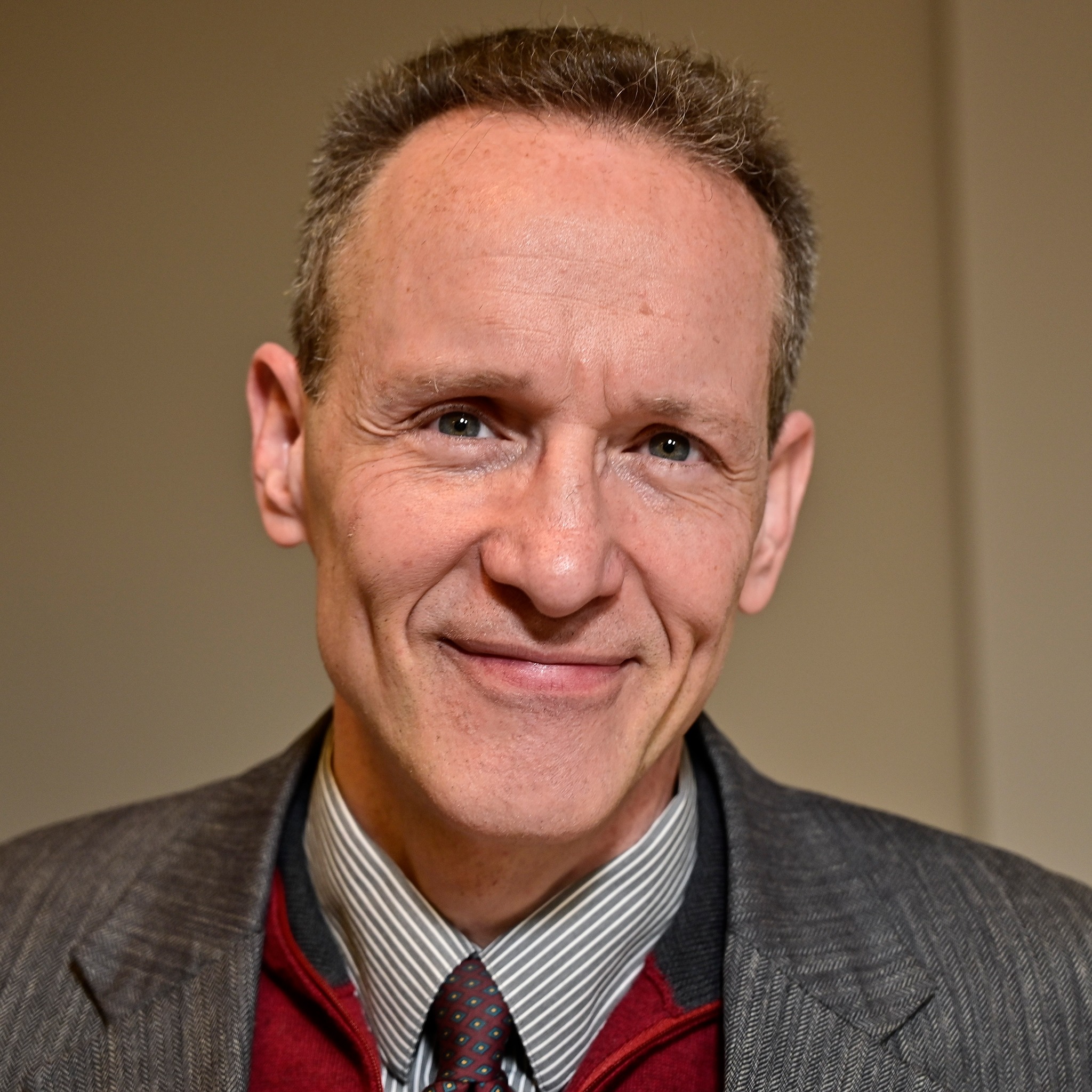I had the honor of being a guest on “Amazing Academics,” a YouTube series hosted by Philip Davies, who is retired from Bournemouth University in southwest England. Dr. Davies’ prior guests include Frank Furedi, Norman Fenton, Judith Curry, and Eric Kaufmann.
Although I was invited to speak on ‘misinformation’ and ‘hate’ as censorship stratagems, I asked Dr. Davies whether I might first zoom out, and he agreed. I begin the video by presenting the following diagram of elite wickedness:
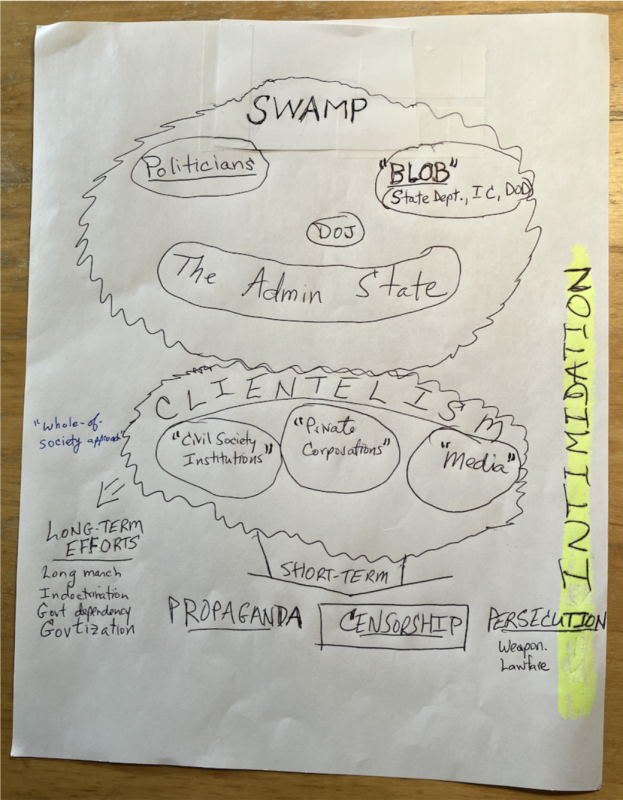

Censorship is at the bottom, listed with propaganda and persecution, which together form a battery of intimidation. Censorship presupposes propaganda, because censorship exists to sustain the big programmatic lying. Censorship is joined with persecution: When a powerful personality is censored at one platform, he can move to another soapbox and carry his audience and charisma with him. Wicked elites need to destroy the person himself, through persecution.
All of that is engineered through a ‘whole-of-society’ approach, which is to say a vast and loose array of clientelism, using carrots and sticks. The carrots come by way of taxation and privileges based on coercive restrictions, so, in a deeper sense, it is sticks that undergird all of clientelism. The government does not peacefully grow any carrots. All the carrots come from sticks. The following clip from the film 48 Hours teaches the single most important lesson in sound political theory:
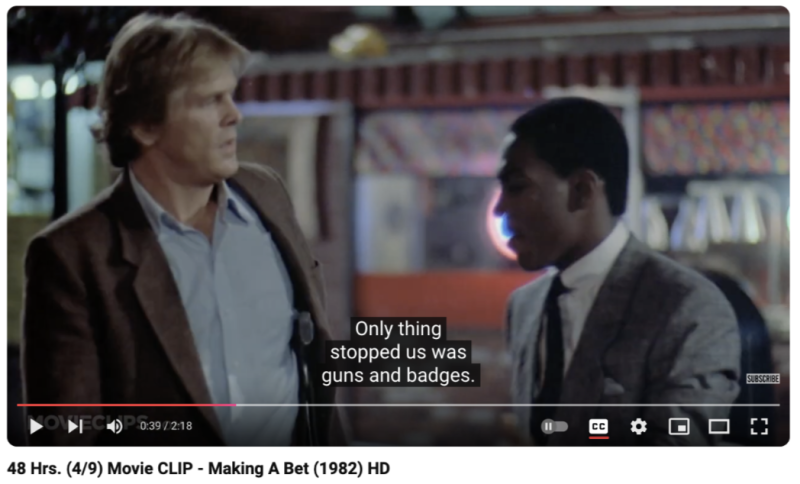

In the diagram above, some of the terms are in quotation marks. The quotation marks signify that the term is borrowed directly from Mike Benz. I regard him to be the best guide to the wickedness that we are attempting to wrap our minds around and defend civilization from. The diagram above is my own, but it leans heavily on what I am learning from Benz.
The diagram is tentative in the components listed, in the configuration of those components, and in the labeling of each component. We are groping to theorize elite wickedness.
In the diagram, the CLIENTELISM space shows, from Benz:
- “Civil Society Institutions,” which include NGOs, academic operations, research, scientific journals, and so on;
- “Private Corporations” which is a catch-all for whatever for-profit businesses (banks, pharma, etc.) are allied or corrupted by DEI, ESG, and turned into clients;
- “Media,” which includes both legacy media and social media.
Much of the censorship is engineered through control of media, to some extent by arm-twisting and to some extent simply by shared vanities including false and frivolous political ideologies. In the UK, which lacks a First Amendment, much censorship is directly fascistic. Reports on the latest in Orwellian UK are provided here.
What is behind it all?
That brings up to the top of the diagram. I tentatively use SWAMP for the whole skein of governmental elites loosely allied in the wicked operations. Benz does not much use the term Swamp. He focuses on “The Blob,” which is: (1) the State Department, (2) the intelligence community, and (3) the Department of Defense.
Benz’s concept of the Blob, therefore, is narrower than the Swamp, which some would call the Deep State. Perhaps I should have DEEP STATE where I have SWAMP. My theorizing of all this is in the first stages of conceptualizing, configuring, and denominating.
Benz also has pointed out that all roads run through the Department of Justice. Challenges and impediments to swampy activity often fall to the DOJ, so the Swamp needs a DOJ that will protect it, enforce its wickedness, persecute its adversaries, and so on.
Then there are the politicians. In the conversation, Philip Davies and I clarify that we are talking about elites, not the New York Times reader next door. We discuss how bipartisan the set of wicked elite politicians is.
Finally, there is the administrative state writ large—agencies of government, many of which are led and manned by elites ideologically aligned with the wicked elites. Davies and I also discuss how monolithic the Swamp is, and how it is conflicted within itself.
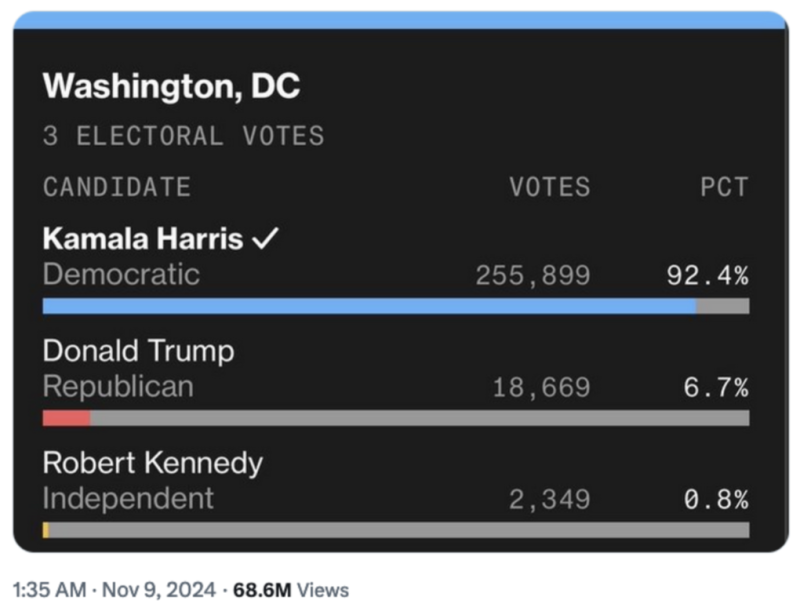

The diagram shown above, channeling Benz, might be compared to Jeffrey Tucker’s essay on the deep, middle, and shallow state. Broadly speaking, Tucker makes the Blob the core of the Deep State, identifies the administrative state as the Middle State, and the array of clientelistic organizations the Shallow State.
As for the politicians themselves, Tucker gives them little place, saying that they are “reduced to bit players on the scene, marionettes whose main job is to keep up appearances.” That strikes me as overstated and overly fatalistic. In my diagram, influential politicians have a significant role in the skein of elite wickedness. Still, Tucker’s motion to follow through on ‘deep’ by spelling out middle and shallow is illuminating.
Something else in Tucker’s essay I am not so comfortable with is that “the state” seems to become overextended, such that the many and varied clientelistic organizations are identified as parts of “the state.” I use ‘the state’ with reluctance, because ‘the state’ is highly polysemous: Is ‘the state’ the coercive rule-making authority? Is it the entire governmental sector? Is it the entire polity, including its populace? For Americans with their 50 states, the term ‘state’ is especially polysemous.
Davies and I ponder what the aims and goals of the Swamp creatures are. We suggest a complex mix of vanity, careerism, and grift, which depend on having and maintaining power—the badge, as Eddie Murphy put it.
The diagram is a sketch of a first draft of the big picture. I’d call it the big Benz picture, except that, again, what you see in that sketch does not all come directly from Benz. For example, Benz does not seem to use the term clientelism.
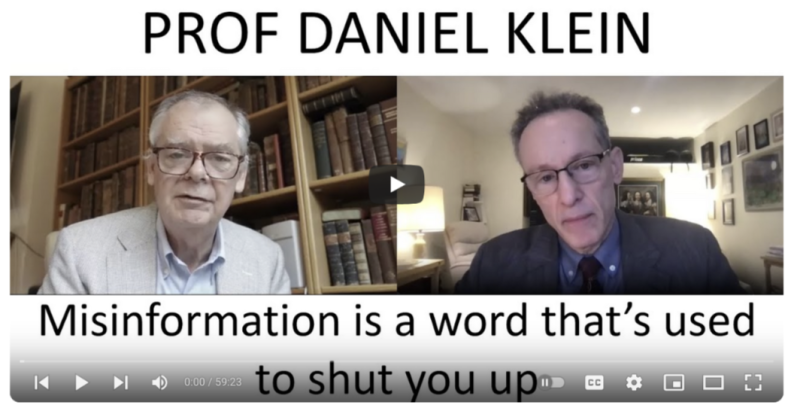

After discussing the diagram, Philip Davies and I drill down to censorship. We discuss the censorship stratagems ‘misinformation’ and ‘hate.’
The good will be better able to fend off wickedness if they grow more competent in understanding how words and the notions they signify (information, hate) are being weaponized by wicked elites. We grow our competency by applying sound moral philosophy (which, I say, subsumes epistemology) to such matters.
Join the conversation:


Published under a Creative Commons Attribution 4.0 International License
For reprints, please set the canonical link back to the original Brownstone Institute Article and Author.

